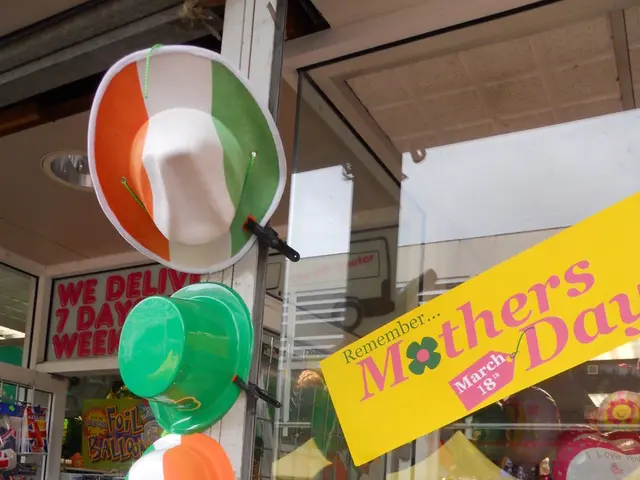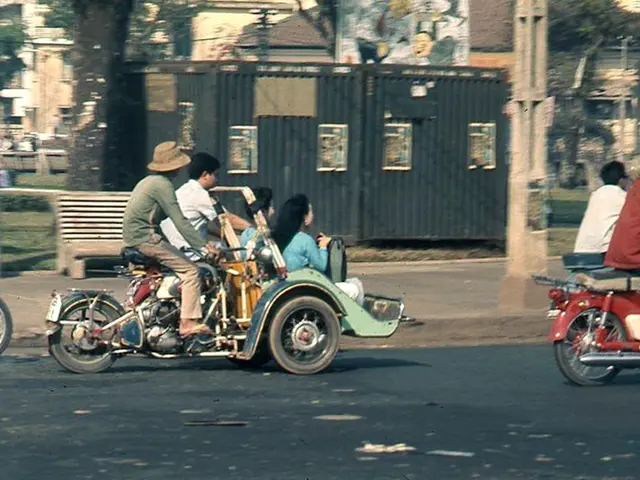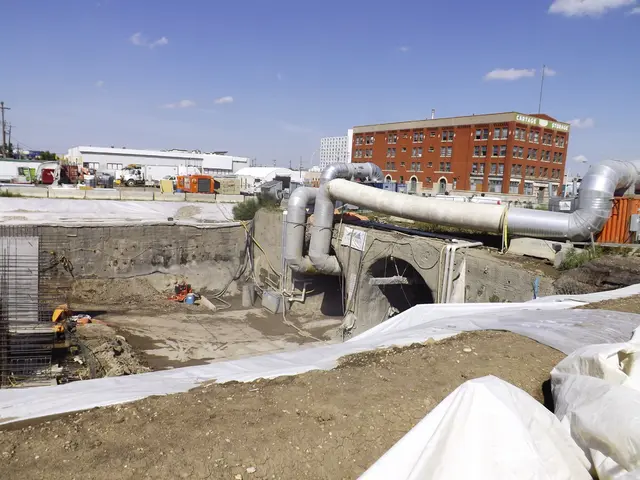Discount exemption for shops on Via Roma's buildings not applied
Pedestrianization of Via Roma Ignites Controversy
Get ready to stroll on Via Roma for the next 14 months as the main artery in Turin's heart turns into a pedestrian paradise. Yet, shopkeepers with storefronts along the street won't be getting a break on their taxes, a move that has upset some city councilors.
Last year, shopkeepers on Via Po enjoyed a 40% discount on their waste tax during a over year-long renovation. But when it comes to Via Roma, no such luck. So, what's the deal?
Via Po's Precedent, A Double-Edged Sword
City councilor Elena Maccanti asks for some clarity. She brings up the Via Po example, where the municipality offered tax discounts for businesses affected by closure for public works lasting over six months. However, for Via Roma, no such breaks are planned.
The reasoning behind this decision is two-fold. First, Via Roma's arcades will remain open to pedestrians during construction. Second, the construction in the final section is considered an anticipation of the pedestrianization measure itself. Maria Luisa Coppa, president of Ascom-Confcommercio, disagrees, stating that the assessment seems superficial, even though Via Po had arcades but still received discounts.
Works Ahead
Work on Via Roma began two months ago and continues until April 2026. The stretch between Piazza San Carlo and Piazza Castello has been off-limits to cars for years. By the end of the construction, the entire axis will be converted into a pedestrian zone, including the section between Piazza CLN and Piazza Carlo Felice, which is currently open to traffic.
This 12 million euro project funded by European funds from the Pon Metro Plus program also includes the renovation of the paving. During construction, pedestrian crossings will remain accessible except during work on individual intersections.
A European Gem, At What Price?
Last year, shopkeepers in the Valentino Park area and Borgo Dora enjoyed tax breaks. Those in nearby streets also benefited. Guido Gobino, owner of a store on Via Lagrange, an isolated block away, praises the pedestrianization of Via Roma, stating it will transform the street into one of Europe's most beautiful. However, he expresses concern about the impact of construction on his work and hopes it wraps up as soon as possible.
While Turin's pedestrian-friendly infrastructure shines[1], the tax policies during pedestrianization projects remain unclear. Factors like project scope, policy changes, and business type variations might be contributing to the disparity between Via Po and Via Roma's tax treatments. Consulting Turin's municipal ordinances or fiscal codes related to pedestrian zone compensations would provide definitive answers[1][2].
- The shopkeepers along Via Roma are concerned about the lack of a tax break during the 14-month pedestrianization, contrasting with the discounts offered to shopkeepers on Via Po last year.
- Despite the upcoming pedestrianization of Via Roma, the tax policies for businesses affected by such projects remain unclear, leading to disagreements between city councilors and shopkeepers.
- Maria Luisa Coppa, president of Ascom-Confcommercio, disagrees with the assessment that Via Roma doesn't qualify for tax breaks, stating that the Via Po example, which had arcades but still received discounts, should be taken into account.
- Emphasizing the perceived disparity, Guido Gobino, a shopkeeper on a nearby street, praises the pedestrianization of Via Roma but worries about its impact on his business and the construction process.








